Please note: As an Amazon Associate I earn from qualifying purchases. I also work with other affiliate partners and may be compensated from the links below. Details here.
Nikon D810: An Extraordinary Full-Frame DSLR Worth Buying in 2024 (Review)
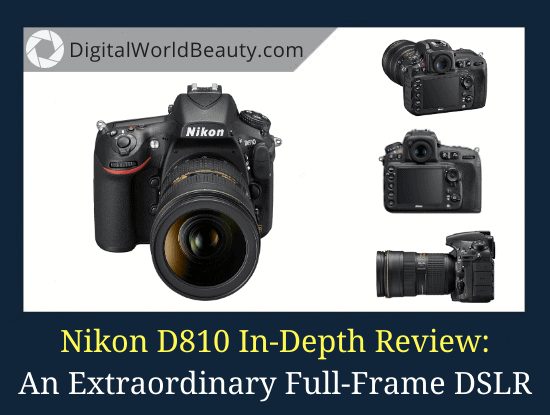
Welcome to my Nikon D810 review! (2024 Update)
You might be wondering:
Is the Nikon D810 still worth buying?
My quick answer: If you’re fairly experienced in photography, this full frame camera sure is worth it. Weddings, portraits, sports, landscape photography – this DSLR can do it all!
In fact, Nikon D810 is still one of the dream cameras on the market right now.
Now…
It’s important to understand that buying this DSLR should be a conscious decision because there ARE cameras out there that will be able to meet 200% of your requirements at a much lower cost.
The thing is that D810 is a full-frame (FX) sensor and upgrading to this level comes with a lot of nuances, most of them of financial nature.
Getting this DSLR is just the first step.
You should also realize that you’ll likely spend as much money on quality lenses as you will on the camera body itself.
That’s why I think that buying this DSLR should be a clear-headed decision that’s backed by years of experience and practice.
This being said, who is Nikon D810 for?
In a nutshell, this full-frame DSLR is designed primarily for those photographers who need uncompromisingly high image quality.
Specifically:
- landscape photography,
- portrait photography,
- photography for commercial and advertising purposes.
These are the genres where excellent color rendering and the highest detail of the image will be especially useful. Check it out!
==> Click here to compare the prices today.
Nikon D810 Review 2024 (Summary)
Type: Mid-size SLR | Weight: 980 g | Resolution: 36 MP | Sensor size: FX (35.9 x 24 mm) | ISO: Auto, 64-12800 | LCD screen: Fixed | Touchscreen: No | Environmentally sealed: Yes (weather and dust resistant)
Reasons to Buy:
- incredible sharpness of photos
- comfortable grip and ergonomics
- high image quality up to ISO 3200-6400
- large buffer when shooting in JPG
- weather sealed to prevent from dust and moisture
- video shooting up to 1080 @ 60p
- higher battery life (you can take 1000 images and it’ll still work)
- ability to work with 2 memory cards
Reasons to Avoid:
- no 4K video
- NOT suitable for beginner photographers
- a bit heavy (980g including batteries)
- small buffer when shooting in RAW and S-RAW
- no U1 and U2 modes as seen in Nikon D7100
- no quick switch between AF-S and AF-C
What to keep in mind:
Consider buying a fast and spacious memory card for D810, it’ll be a lifesaver!
Specifically, get a CF memory card with a recording speed of 120 MB/s and with a memory of at least 64 GB and use it as your primary one.
Nikon D810 for Beginners? (Honest Opinion)
Is D810 a professional camera?
Yes, it absolutely is. And if you’re just starting your photography journey, this full-frame DSLR is NOT for you.
I never recommend FX body to beginner photographers because, by the time you figure out how a camera works and how to use all the settings, there will be something newer and cooler.
The truth is, the interface of D810 is designed for experienced photographers; so newbies will definitely find it complicated.
I don’t want you to lose money (or interest).
So…
If you are an amateur, I recommend that you go with simpler options that will help you learn and grow as a photographer.
Instead, check out the following entry-level cameras for 2024:
(With my full reviews of each DSLR mentioned.)
These will likely help you get fully interested in photography and are very simple for beginners. In fact, some of them have even Guide mode available.
But, if you feel that you are ready:
- emotionally,
- financially,
- and professionally,
…then by all means go with D810!
It’s definitely one of the best Nikon cameras on the market right now and will probably cost around $4000-5000 (with the lenses).
Nikon D810 Specs: What’s New?
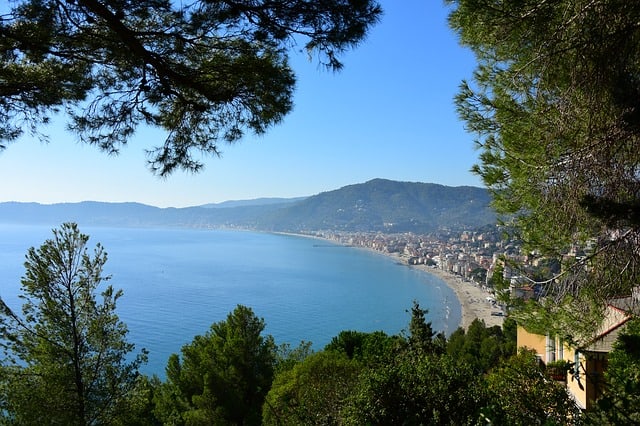
Nikon D810 comes with a 36 MP sensor and is the continuation of the sensational D800 and D800E back in 2012.
It sure is a bit better than the latter ones in every aspect.
Specifically:
- it received a new EXPEED 4 processor, which increased serial shooting to 5 fps;
- has a natural ISO range of 64-12800;
- includes Picture Control 2.0, a new image processing system;
- Full HD video shooting at a rate of 50 fps;
- sRAW shooting mode, which allows you to take small-resolution photos (for publishing them online).
Among other minor additions that make this DSLR great.
For example, the D810 sensor doesn’t have an anti-aliasing filter.
What is that?
It’s a special filter on the sensor, which makes the transition between pixels smoother, and this way improves the quality of color rendering in certain shooting situations.
The engineers also removed the optical low pass filter (OLPF), which further sharpens the images (with a risk of moiré on some periodic textures.)
However, a moiré pattern is more hypothetical because you’re unlikely to encounter this effect in a real-life shooting.
Fun fact:
Initially, an experiment without a filter was first carried out on D800E.
Nikon realized that no one was experiencing any significant issues and the sensor without the filter went to the masses in the form of Nikon D810 (and D7100 too, by the way).
Having no low-pass filter does such a good job that the photos are sharp even with the lenses that aren’t very sharp.
What I like about this camera as well is that the shutter noise is quiet, you practically don’t hear it when shooting.
(If you’re familiar with D7100, then you’ll have an idea of how quiet it is.)
Burst Rate, Autofocus, Video, and ISO

Thanks to the EXPEED 4 processor in this body, its burst rate is 5 frames per second at a high resolution (compare it with the 4 fps of the last model), and up to 7 fps at a lower resolution.
The fact is, the frame rate corresponds to the one on D700, so it makes D810 pretty much universal.
The standard frame rate is 8-9 fps in high RAW + JPEG resolution and up to 20 frames in JPEG. It’s pretty good for a camera with such resolution, the image buffer is pretty large.
Now…
Is the Nikon d810 good for sports?
You can shoot pretty much anything at a rate of 5 fps.
Even though it is a bit low for a full-frame body, it’s still enough for shooting wildlife and sports-related events.
As a matter of fact, Nikon D810 is one of our top camera recommendations for sports photography (with proper lenses!)
Here’s a pro tip on how to increase your number of frames per second:
If you’re shooting a fast action type of scene, then just switch your camera to DX mode so that it gives you extra fps (one or two, depending on whether you are using an additional battery pack or not).
What about autofocus?
In terms of the autofocus system, it hasn’t changed.
It’s the same Nikon Multi-CAM 3500FX with 51 focus points and 15 cross-over sensors, which makes autofocus very fast and accurate.
And still there have been improvements in their algorithms. There is now an automatic focusing on a group of points.

There’s a wide range of autofocus possibilities:
- fine-tuning of all points and the possibility of selecting a zone;
- adequate tracking autofocus;
- perfectly working 3D tracking;
- AF illumination.
I mean the face-tracking autofocus is so great that you won’t even want to get off the auto mode. 3D tracking and dynamic area autofocus almost always “hit the target” from the first shot.
In Live View mode, contrast autofocus works – it’s not as fast but it’s just as accurate.
The tracking autofocus definitely improved, and it’s something that will especially appeal to videographers or hybrid shooters.
Speaking of videography.
Is Nikon D810 good for video?
The video capabilities in D810 had also been improved.
This Nikon DSLR is fully adapted for professional video shooting with its Full HD recording at a rate of up to 50p/60p.
A thing called Picture Control “Flat” was realized especially for videographers, which gives them the maximum color correction capabilities for post-processing.
To record audio, you can use external stereo microphones, and during the recording itself, you can actually monitor the sound using headphones.
Last but not least, video recording can be done on a memory card, an external recorder using an HDMI connector, or both.
What about ISO?
The maximum ISO threshold is up to ISO 12800, and in the “Hi 2” mode you can now take photos with an ISO of up to 51200.
With such characteristics, there is no need for high-aperture lenses. The minimum ISO now is not ISO 100, as was seen in D800, but ISO 64 (in the “Lo 1” it’s ISO 32).
Overall, the images at high ISO, let’s say 10 000, look absolutely amazing.
Yes, you’ll see a bit of noise but it’s definitely tolerable.
A Few More Things…
Low light
Its low light performance is pretty great but certainly isn’t one of the best. Most pros would give it a rating of about 3/5 (without flash).
Battery life
The battery life is amazing. You can get approximately 1200-1300 shots with 1 full charge. Of course with video, your battery will die faster. Speaking of video…
4K video
I know there’s a 4K mania now and keep in mind that there’s no 4K video. For some, it’s not a huge con though, especially with all the other great features that this DSLR has to offer.
Dynamic range
DR with an available base of 64 makes it one of the best cameras for landscape photographers.
Best Lenses for Nikon D810
Now…
What are the best lenses for Nikon D810? Here’s a quick overview of the top-recommended options.
- 28-300mm f/3.5-5.6 VR – An “all-in-one” lens to shoot pretty much anything.
- 16-35mm f/4G – A great starter wide lens for landscape photography.
- 50mm f/1.4G – If you’re heavily into portraits (smooth AF and amazing bokeh)
- 24-70mm f/2.8 – Brilliant for wedding photography, portraits, and landscapes.
- 105mm f/2.8 VR – For macro photographers (or 200 mm f/4 if you’re a pro)
Also, let us know in the comments what your favorite lens is!
Frequently Asked Questions
Is Nikon D810 a professional camera?
This camera is classified as a pro-grade full-frame DSLR.
It’s more on the high-end side of the spectrum, which means it’s quite pricey and has advanced features fit for expert photographers.
As I’ve mentioned earlier, it’s the dream camera of most professional photographers, and for all the right reasons. It allows you to explore the craft endlessly and from a more artistic (yet still technical) perspective.
Nikon D750 or D810?
Since these two products perform so well in their own respects, a lot of people have been comparing them time and time again.
Now, is there really that much of a difference between the Nikon D750 and the D810?
Honestly…
When it comes to photo quality, you can barely see any difference, unless you are very meticulous. This also goes out to the print quality of the images taken from both cameras. Both can pretty much hold up being printed on a 2m-wide canvas without issues.
The difference mainly comes with sizing and weight. Nikon D810 is a lot bulkier and heavier than D750. This is one of the reasons why a lot of professional photographers choose the latter over the dreamy D810.
Another noticeable difference is that D810 is more of a quiet camera. Whereas D750 tends to make noise even if it’s put into quiet mode.
And one of the most popular tie-breaker features between these two gears is the WiFi connectivity. While D750 has built-in WiFi, D810 has none.
The bottom line is:
It’s still your call. No matter which you choose between the two, know that they both perform so well.
Nikon D810 or D810A?
With the release of the D810A model just a few months short of a year (the newer device was released on Feb. 2015), many of you might be wondering what differences are there between this and the D810.
While there’s not that much to see appearance-wise, there are other features/parts upgraded on the newer model.
First of all, the newer unit is 100g lighter than its predecessor. But with this small amount of change, it often goes unnoticed. Both still have the same button layouts and dials though.
Another notable difference is that the D81oA now has an Anti-Aliasing (AA) filter. This helps avoid moire that appears in devices without the said feature.
Aside from these, both models basically have similar/same features. They also sport the same exact sensor, so if you are worried about the photo quality, then you can expect the same results.
Is Nikon D810 good for wildlife photography?
Nikon D810 is considered a golden gear by most photographers. The reason for this is that it works well regardless of the genre you are into. It delivers great results for portrait, landscape, and even wildlife photography.
One of the reasons why this has become a popular choice for wildlife shoots is that it has an impressively quiet shutter sound.
Plus, it even comes with a “Quiet Mode” (which I think isn’t really that necessary anymore, TBH). This is very helpful if you are photographing animals in the wild that are sound-sensitive.
Another good reason why this camera works so well for wildlife is that it has great cropping capabilities.
There are times when your subject is just too far away for it to show clearly in the shot. When this happens, you might want to crop the photo to zoom in on the subject. And D810 lets you do this without ruining image quality.
Does D810 have a good price-quality ratio?
Nikon D810 is a high-end gear, so it comes as no surprise that it has a premium price tag. But is it really worth spending that much?
Honestly, it depends on you.
When it comes to the price-quality ratio, I still think D750 is better. It’s a cheaper model with almost the same features and quality.
But if money is not an issue, D810 is definitely worth its value.
Nikon D810 in 2024: Still Worth Buying?
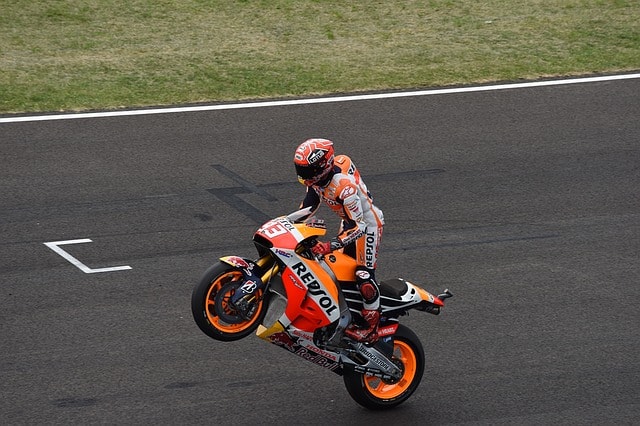
Is Nikon D810 worth buying?
Absolutely.
Without a doubt, the interface of D810 is more directed at experienced photographers, so the beginners will simply find it challenging.
However, if you’re pretty experienced in photography, you’ll definitely enjoy camera’s:
- fast and accurate autofocus,
- great image detail at high ISO levels, and,
- an amazing sRAW mode function.
This DSLR is a great tool for commercial photography, portraits, landscapes, wedding photography, and so forth.
Whatever you decide to shoot, Nikon D810 is still a dream camera (hence the price tag).
And like I said earlier before you decide to buy this DSLR, think if you’re ready to spend so much money on it (plus quality lenses).
Now…
If you’re on a tighter budget, you can always go with cheaper, yet great, alternatives. Like Nikon D750, for example.
If currently, you’re a proud owner of the D800, then I don’t think it makes sense to upgrade to D810, even given the new additions.
But if you have an old camera like D700 and want to upgrade to D810, then it will be a huge step forward for you.
==> Compare today’s prices here.
- 36.3 MP FX format CMOS sensor without an Optical Low Pass Filter (OLPF)
- 30% faster Expeed 4 image processing engine. Shutter speed: 1/8000 to 30 sec
- 51point AF system and 3D color matrix metering III with a 91,000 pixel RGB sensor
- ISO 6412,800 expandable to 51,200
- Featuring then new raw small size option, which produces 16MP images with much smaller file sizes
- Professional video and audio capabilities
Now…
I’d like to hear from YOU:
- What’s your skill level in photography?
- What camera do you own right now?
- What are your thoughts on Nikon D810 reviews?
And more importantly…
In your opinion, is the Nikon D810 worth buying this year?
Any comments, suggestions and/or recommendations are always welcome in the comments!
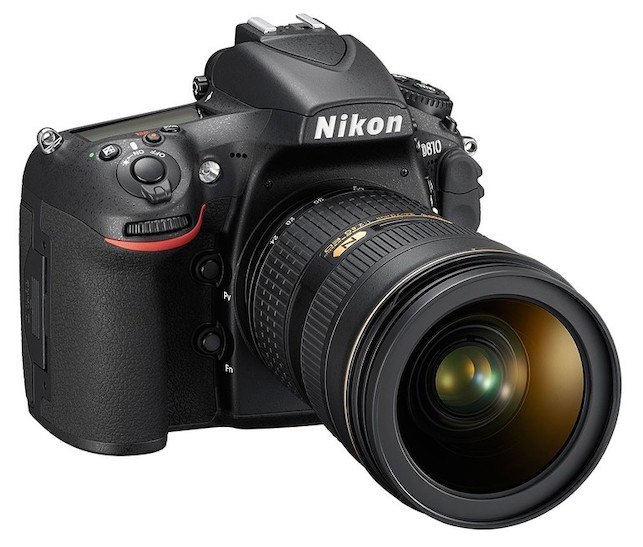

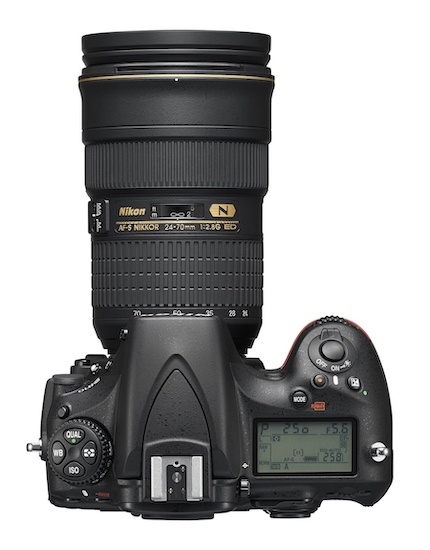

Not so long ago I became a happy owner of this DSLR.
I appreciate you mentioning about the memory card by the way. I decided to go with Transcend 128GB SDXC Class 10 UHS-1 Flash Memory Card for reasons of its universality (plugging it in to MacBook and no adapters needed). The speed of the memory card is awesome, you can watch recorded time-lapse in RAW mode 🙂
I also took this camera for video-shooting purposes. VERY satisfied with ISO: no noise at high ISO and shooting at ISO 64 is useful on a bright, sunny day (if there are no filters involved that is).
I can also confirm that focusing is fast and accurate. Before I had D90 with 50mm lens, it heavily back-focused but D810 pretty much hits the bull’s eye.
In my experience, the battery life was enough for approximately 1300+ shots with viewing on the screen. (Of course with the video the battery died faster).
Just wanted to thank you for your honest Nikon D810 review! I swear there’s no limit to my joy.